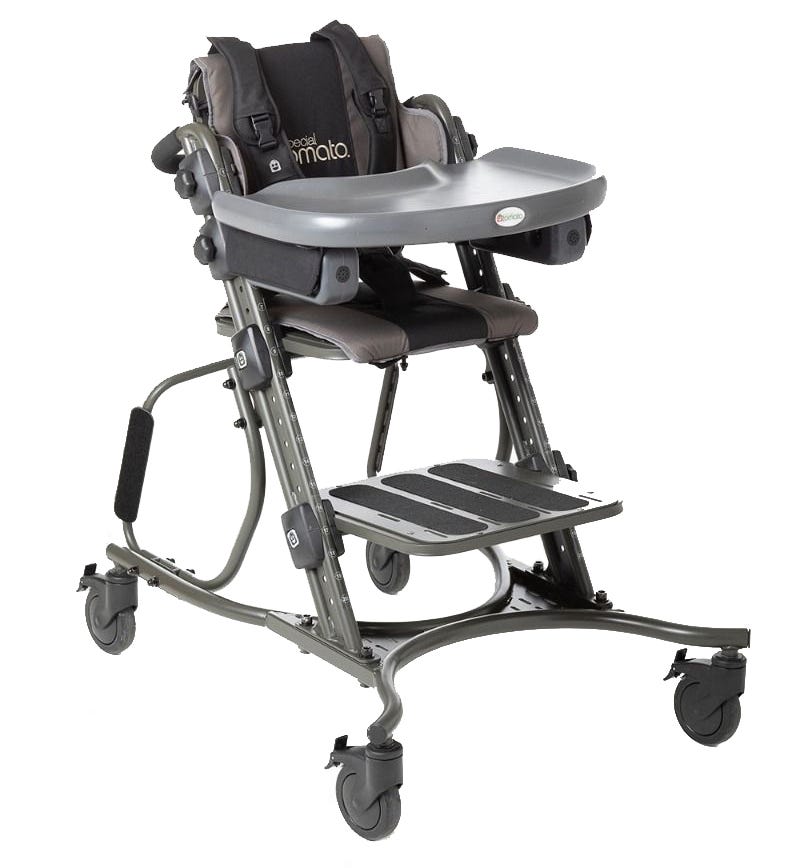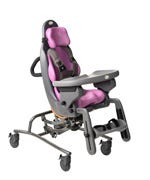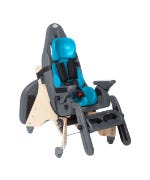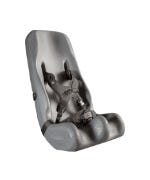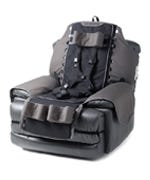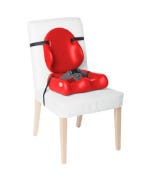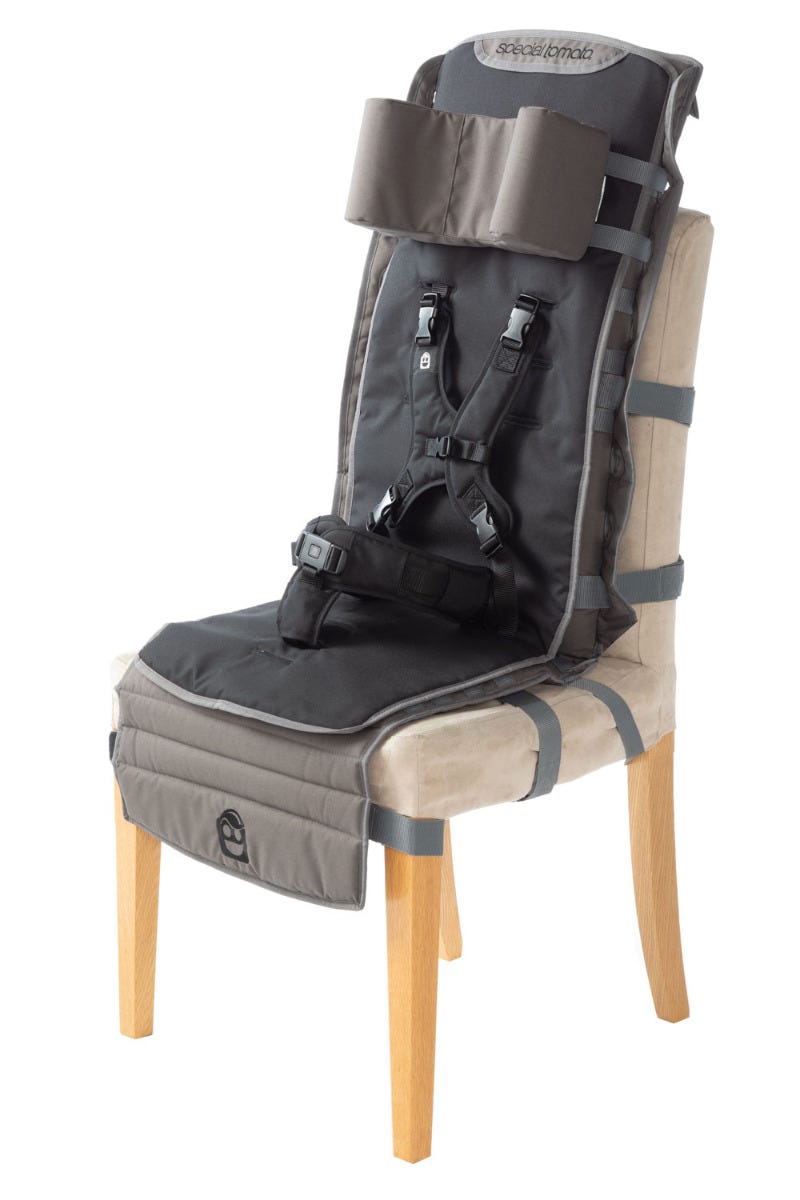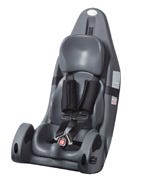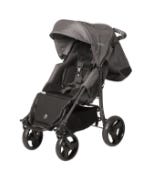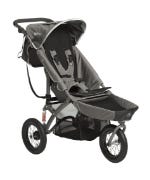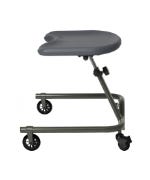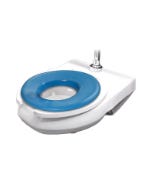Understanding Anterior versus Posterior Walkers
Walkers aid people who cannot walk independently. Sometimes, people who can walk on their own use a walker to help them conserve energy or maintain balance when walking longer distances. There are two basic categories of walkers, anterior walkers and posterior walkers (also called reverse walkers).
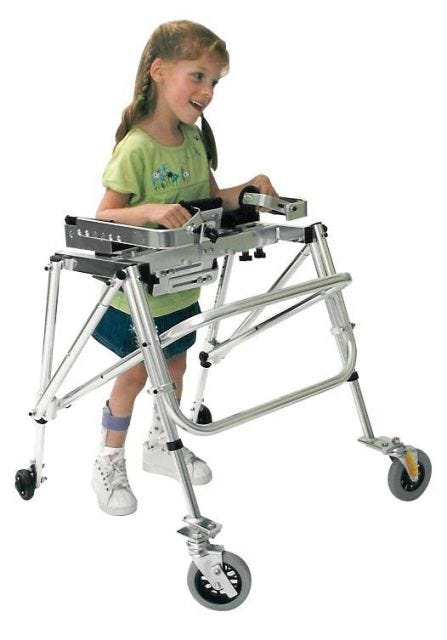 Anterior Walkers are placed in front of the user. The user then shifts his or her weight forward onto the walker through their extended arms. The walker is lifted or pushed forward as he or she walks. These are traditional walkers and the type of walker that is commonly seen when older people need a walker for support. It is also an ideal walker for an individual who needs to rely heavily on the support of the walker, needs to keep weight off one leg or needs to lean forward to assist with the momentum of moving forward. This leaning can cause decreased extension (forward head, increased hip and trunk flexion) in the user’s posture. But this may be necessary to achieve functional ambulation.
Anterior Walkers are placed in front of the user. The user then shifts his or her weight forward onto the walker through their extended arms. The walker is lifted or pushed forward as he or she walks. These are traditional walkers and the type of walker that is commonly seen when older people need a walker for support. It is also an ideal walker for an individual who needs to rely heavily on the support of the walker, needs to keep weight off one leg or needs to lean forward to assist with the momentum of moving forward. This leaning can cause decreased extension (forward head, increased hip and trunk flexion) in the user’s posture. But this may be necessary to achieve functional ambulation.
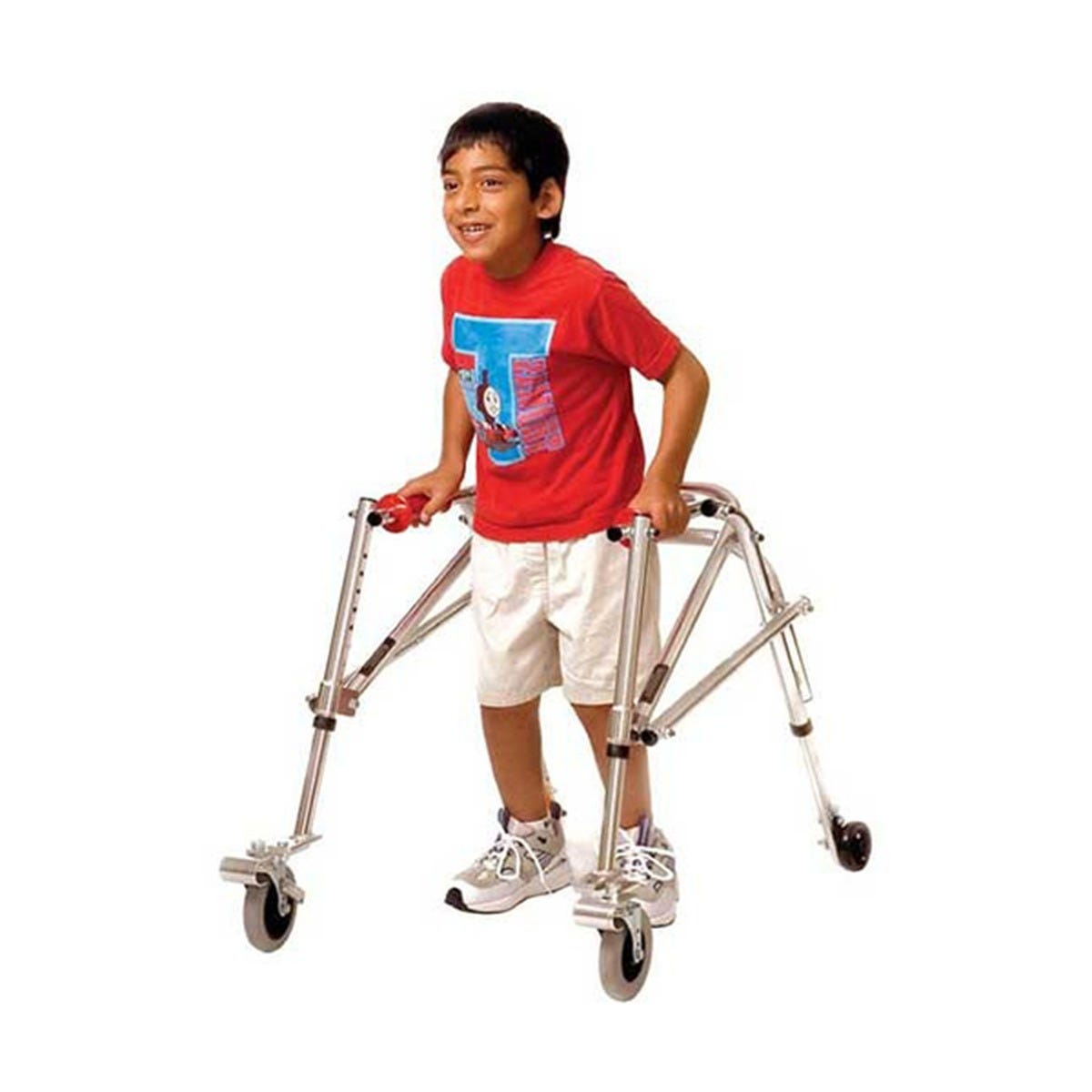 Posterior or Reverse Walkers are placed behind the user. Weight bearing is down through the arms and hand placement is more to the sides than forward. The user pulls the walker forward. Research has shown that some people who walk with a reverse device have improved posture because neck elongation (extension) with chin tuck, shoulder depression and trunk and hip extension are encouraged. All of these are characteristics of a healthy upright standing and walking posture. Specifically, studies have shown that children with spastic diplegic cerebral palsy who tend to walk slowly with arms held in the high guard position and who can easily lose their balance backward without a walking device often benefit from a reverse walker. For these children, besides improving an upright posture, reverse walkers can facilitate a more natural and stable gait pattern with improved oxygen consumption, energy conservation, stride length and cadence.
Posterior or Reverse Walkers are placed behind the user. Weight bearing is down through the arms and hand placement is more to the sides than forward. The user pulls the walker forward. Research has shown that some people who walk with a reverse device have improved posture because neck elongation (extension) with chin tuck, shoulder depression and trunk and hip extension are encouraged. All of these are characteristics of a healthy upright standing and walking posture. Specifically, studies have shown that children with spastic diplegic cerebral palsy who tend to walk slowly with arms held in the high guard position and who can easily lose their balance backward without a walking device often benefit from a reverse walker. For these children, besides improving an upright posture, reverse walkers can facilitate a more natural and stable gait pattern with improved oxygen consumption, energy conservation, stride length and cadence.
Some walking devices are versatile and can be configured for either orientation. In addition, walkers can offer a wide variety of accessories to ensure customized support to meet the user’s unique needs. For example, if a person using a walker is not able to grip the walker with their hands or does not have enough arm strength to bear weight through extended arms, forearm supports or platforms can be purchased as pictured on the anterior walker above. These platforms also serve to provide greater support for the trunk. Also in the picture above, you will see that the anterior walker has been fitted with a chest plate to allow the user to lean into and further stabilize his posture.
Some walkers have wheels, and some don’t. Some have wheels in the front but none in the back. It all depends on how much resistance or stability is desired when offering support to the person that is walking. Think of when a toddler is just beginning to walk. Sometimes a push toy with wheels offers too little stability/resistance and the child will refuse to walk with it. But you’ll see the very same child walking around the house pushing a loaded laundry basket! It’s because the toddler can trust the resistance/stability offered by the weighted laundry basket. Another example is the older person who can barely take independent steps, but you offer them a shopping cart to lean on and they can safely walk through all the aisles of Walmart! Resistance to forward motion equals stability and confidence. Less resistance with a fully wheeled base equals faster movement and a more fluid walking pattern but also requires that the user has appropriate postural control and balance. The therapeutic goals for a walking device are appropriate assistance to ensure that a person stays safely upright to walk functional distances while posture is erect, the walking pattern is fluid, and the person has achieved a gait pattern as close to typical as possible.
Walkers are offered in a full range of sizes appropriate for toddlers who are just beginning to walk through tall adults who have been walking for decades. Walkers can also be highly adjustable so they can be adapted as the user’s ability changes and they become more independent or more dependent on the walker.
The walker, a seemingly simple walking aide, is not so simple after all! And they are more versatile and capable of helping people to walk then you probably thought possible!



